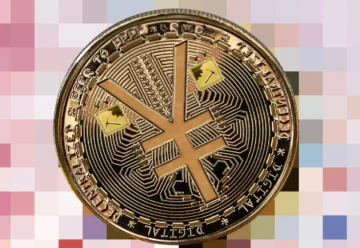Quantum Computing Could Increase Power Efficiency of PoW Algorithm

Researchers from universities in Australia and the U.S., in collaboration with tech company BTQ, proposed to improve the consensus algorithm Proof-of-Work (PoW) with quantum computing.
A team of researchers from Australia and the U.S., in collaboration with BTQ, which specializes in quantum technologies, suggested using boson sampling to effectively validate Proof-of-Work on quantum computers. They believe this approach will provide considerable process acceleration and energy savings compared to classical PoW algorithms.
The new scheme, based on quantum computing techniques, according to the researchers, will:
- significantly increase the speed of computing operations, which will enable faster consensus in the network;
- reduce the energy required to perform the complex mathematical tasks associated with PoW;
- create more complex tasks for miners, making it harder to attack the blockchain and improving the network’s security;
- make the process of block validation and consensus building more efficient and reliable;
- improve the scalability and efficiency of PoW-based systems.
Using boson sampling on blockchain is a novel solution, but this technique has already shown its potential in various quantum computing applications. Moreover, despite considerable costs for quantum hardware, it can provide more efficient consensus building in blockchain networks compared to classical systems, according to the study’s authors. On the other hand, the researchers don’t deny the fact that developing and maintaining quantum hardware requires extensive technical skills and financial investments, which is a big obstacle to the global adoption of their proposed scheme. The main goal of their study was to clearly demonstrate the potential application of quantum computing to improve blockchain technology and to stimulate the overall development of quantum developments.
The debate over the impact of quantum computers on the crypto industry has been going on for quite some time. Some scientists believe that supercomputers can break the safety of blockchain networks.











